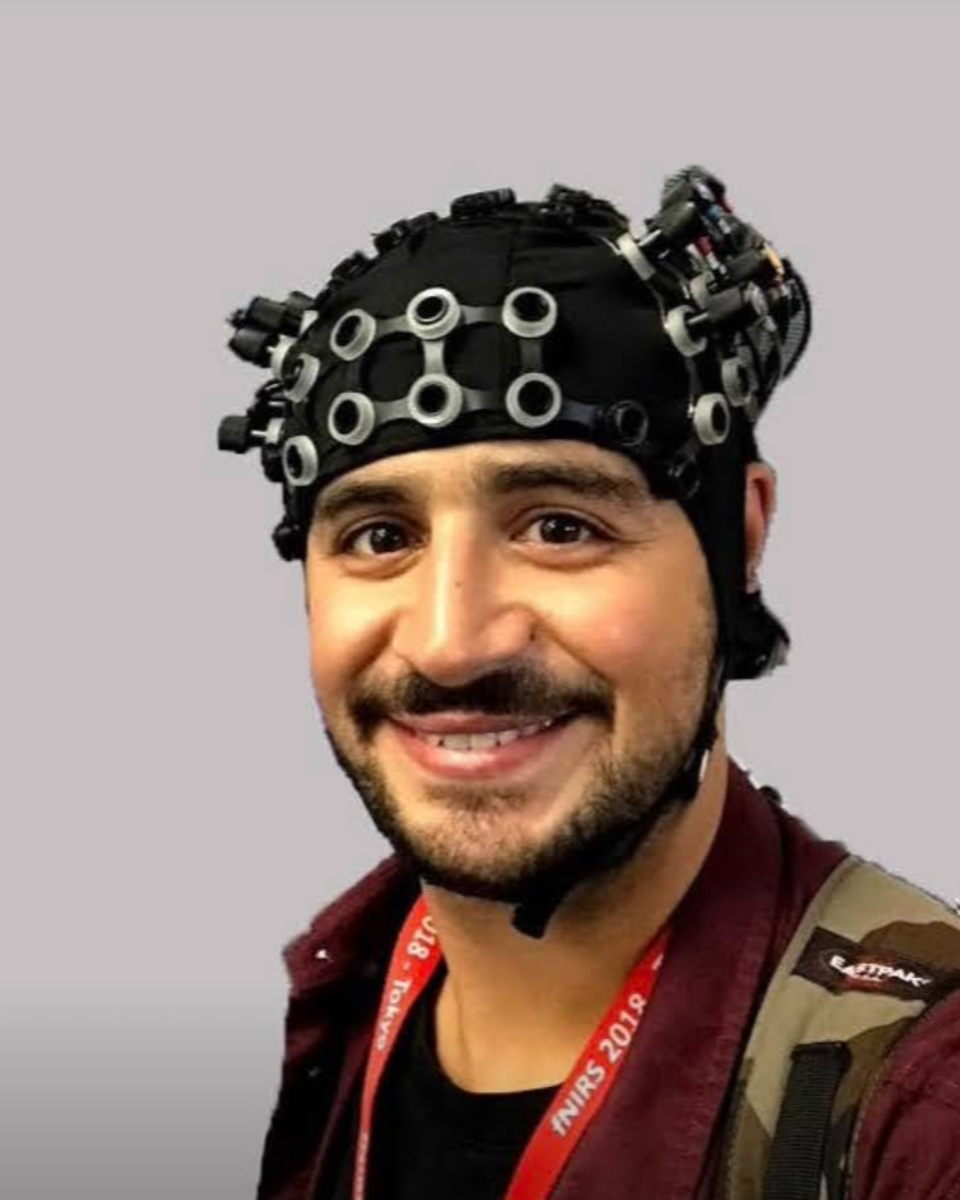Exploring the Impact of Verbal-Imagery Cognitive Style on Web Search Behaviour and Mental Workload
CHIIR ’24, March 10–14, 2024, Sheffield, United Kingdom
Cognitive style has been shown to influence users’ interaction with search interfaces. However, as a fundamental dimension of cognitive styles, the relationship between the Verbal-Imagery (VI) cognitive style dimension and search behaviour has not been studied thoroughly, and it is not clear whether VI cognitive style can be used to inform search user interface design. We present a study (N=29), investigating how search behaviour and mental workload (MWL) changes relate to VI cognitive styles by examining participants’ search behaviour across three increasingly complex tasks.
MWL was subjectively rated by participants, and blood oxygenation
changes in the prefrontal cortex were measured using functional
near-infrared spectroscopy (fNIRS).
Our results revealed a significant difference between verbalisers
and imagers in search behaviour. In particular, verbalisers preferred
a Sporadic navigation style and adopted the Scanning strategy as
they processed information, according to their viewing and bookmarking patterns, whereas imagers preferred the Structured navigation style and reading information in detail. The fNIRS data
showed that verbalisers had significantly higher blood oxygenation in the prefrontal cortex when using the same search interface,
suggesting a higher MWL than imagers. When based on task complexity bias, the search time significantly increased as task complexity increased, but there were no significant differences in search
behaviours. Our study indicated that VI cognitive styles have a
noticeable and stronger impact on users’ searching behaviour and
their MWL when interacting with the same interface than task complexity, which can be considered further in future search behaviour
studies and search user interface design.



